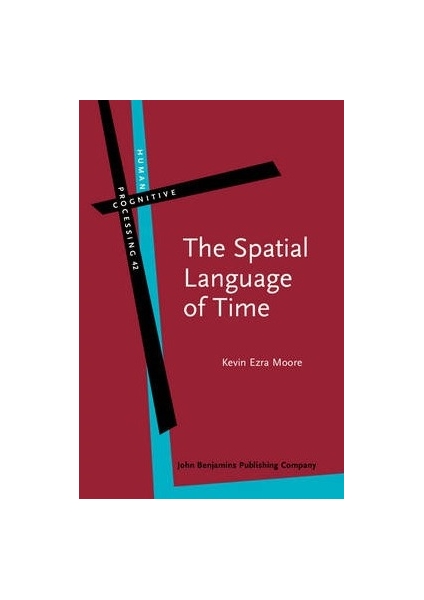
The Spatial Language of Time presents a crosslinguistically valid state-of-the art analysis of space-to-time metaphors, using data mostly from English and Wolof (Africa) but additionally from Japanese and other languages. Metaphors are analyzed in ...
The Spatial Language of Time presents a crosslinguistically valid state-of-the art analysis of space-to-time metaphors, using data mostly from English and Wolof (Africa) but additionally from Japanese and other languages. Metaphors are analyzed in terms of their most direct motivation by basic human experiences (Grady 1997; Lakoff & Johnson 1980). This motivation explains the crosslinguistic appearance of certain metaphors, but does not say anything about temporal metaphor systems that deviate from the type documented here. In fact, we observe interesting culture- and language-specific metaphor phenomena. Refining earlier treatments of temporal metaphor and adapting Levinson's (2003) idea of frames of reference to temporal experience, the author proposes a contrast between perspective-neutral and perspective-specific frames of reference in temporal metaphor that has important crosslinguistic ramifications for the temporal semantics of FRONT/BEHIND expressions. This book refines the cognitive-linguistic approach to temporal metaphor by analyzing the extensive temporal structure in what has been considered the source domain of space, and showing how metaphor structure can be better understood by downplaying the space-time dichotomy and analyzing metaphor structure in terms of conceptual frames. This book is of interest to linguists, psychologists, anthropologists, philosophers, and others who may have wondered about relationships between space and time.
Read Full Description >>
|
ISBN: 9789027223968 |
£80.00 |
